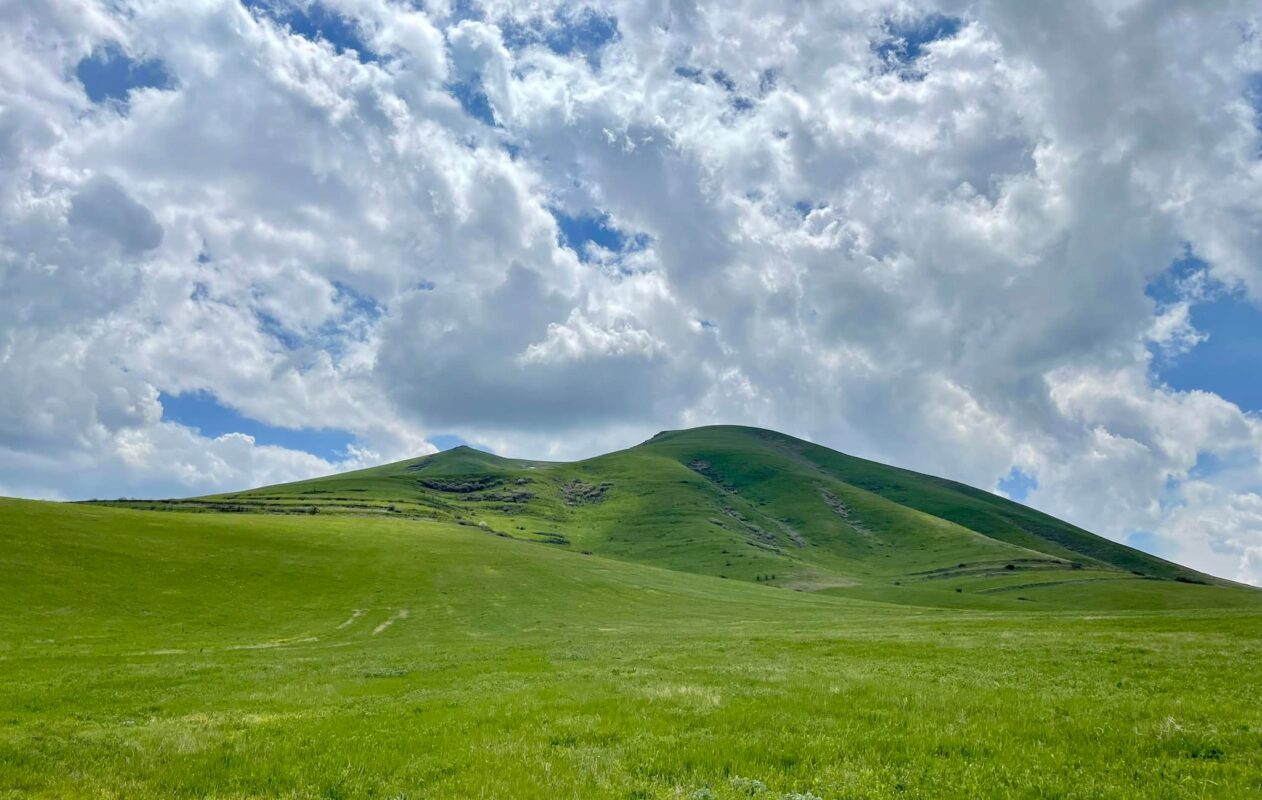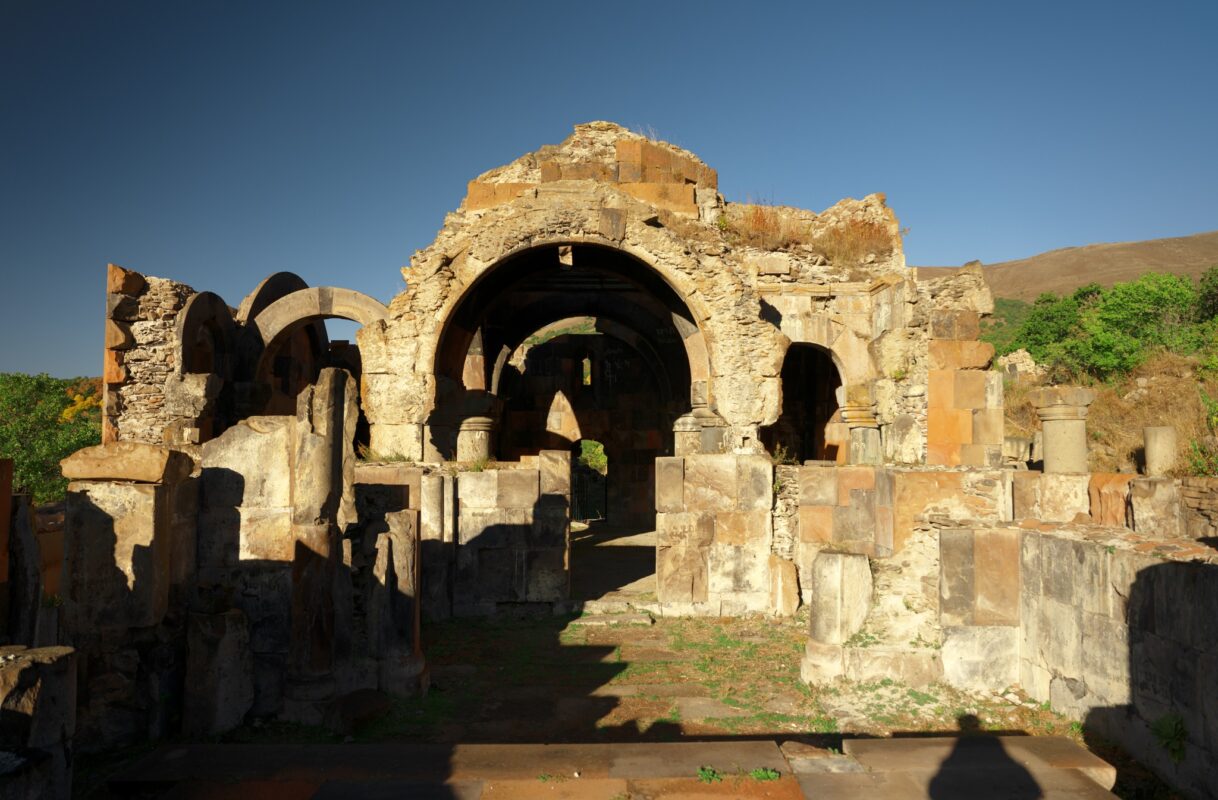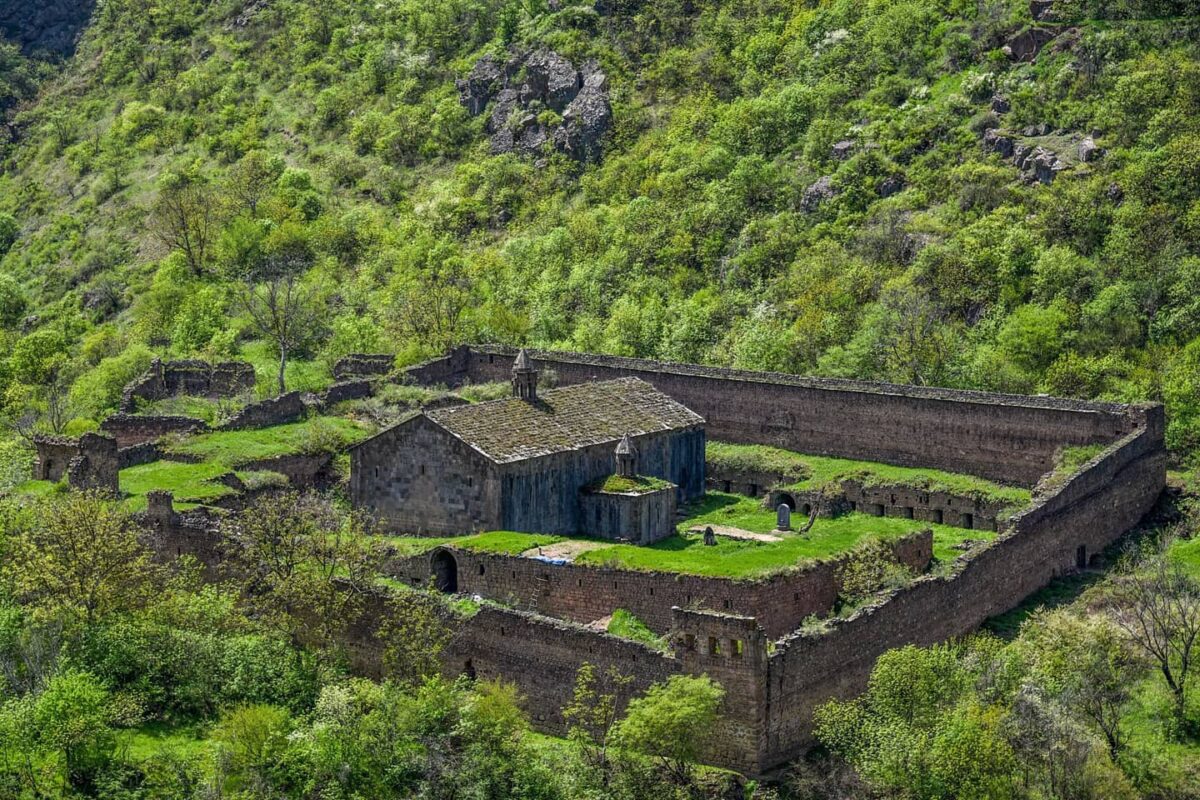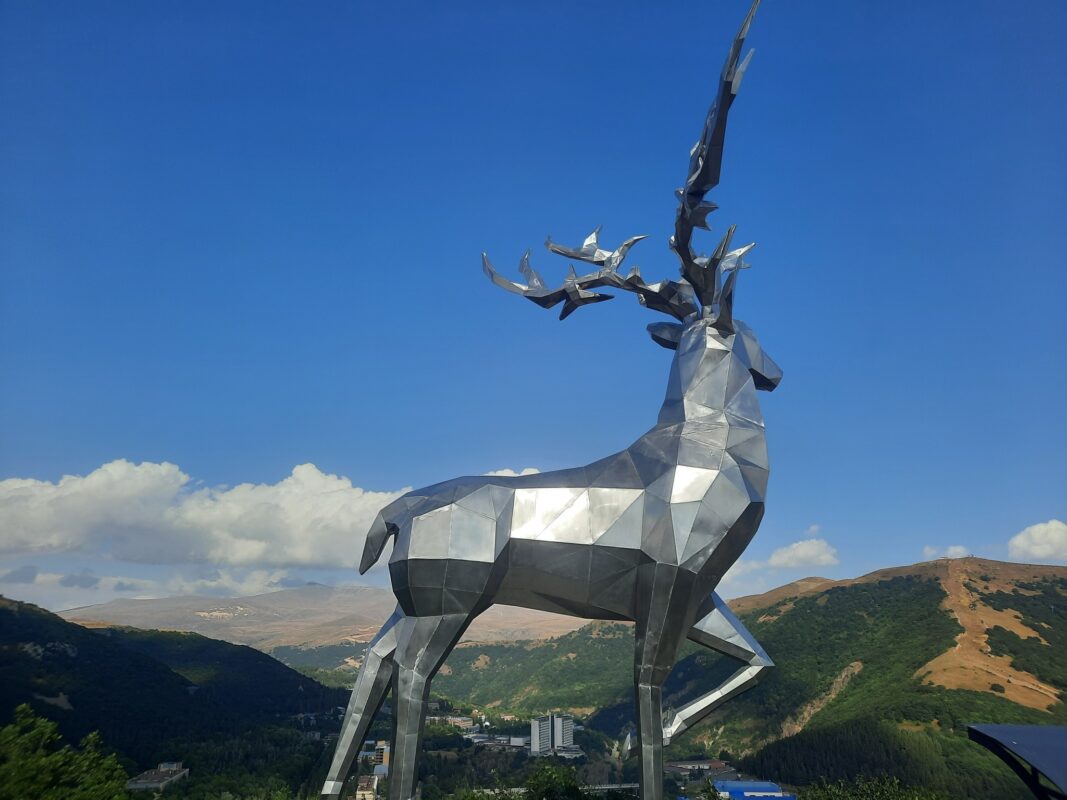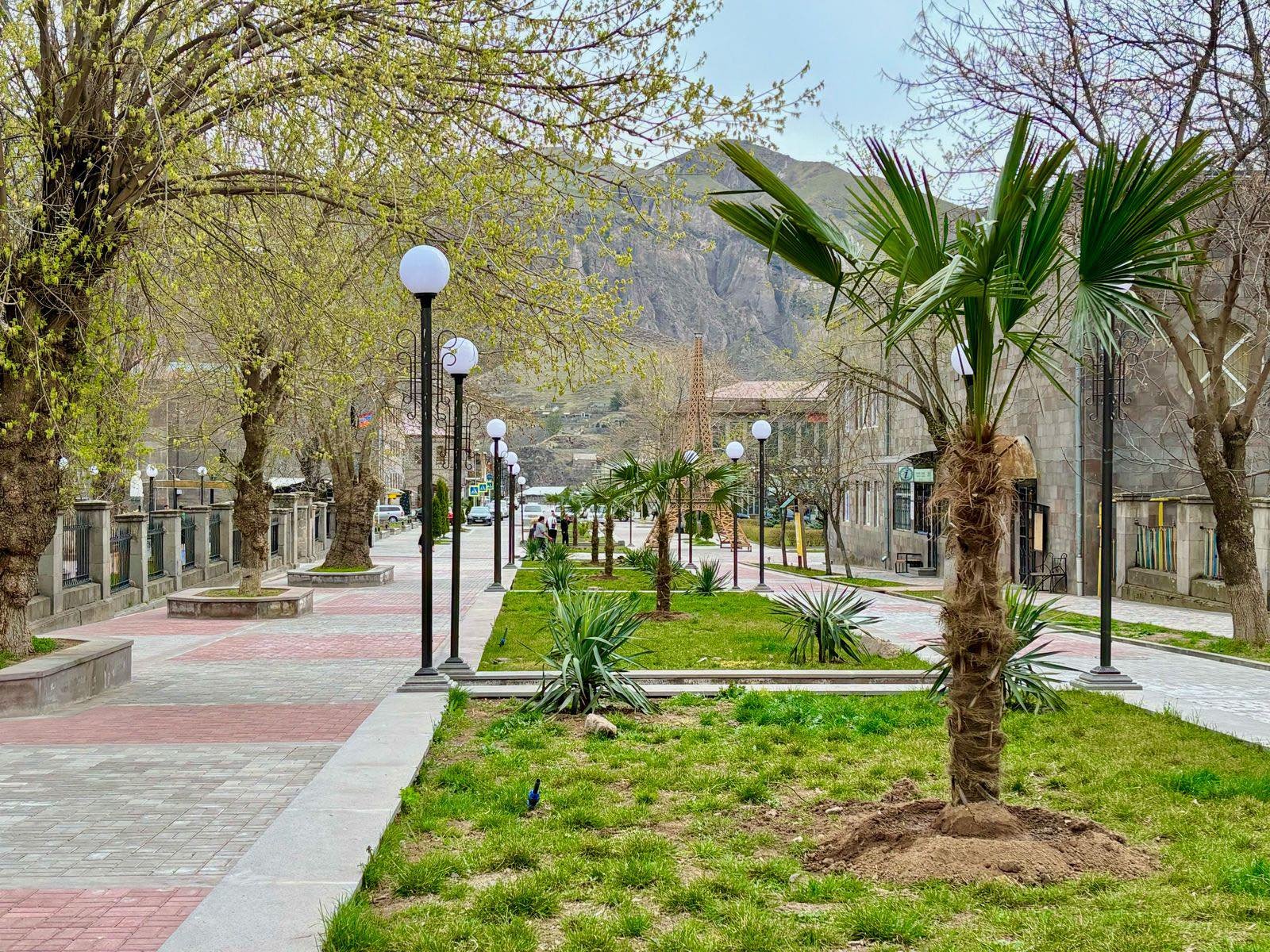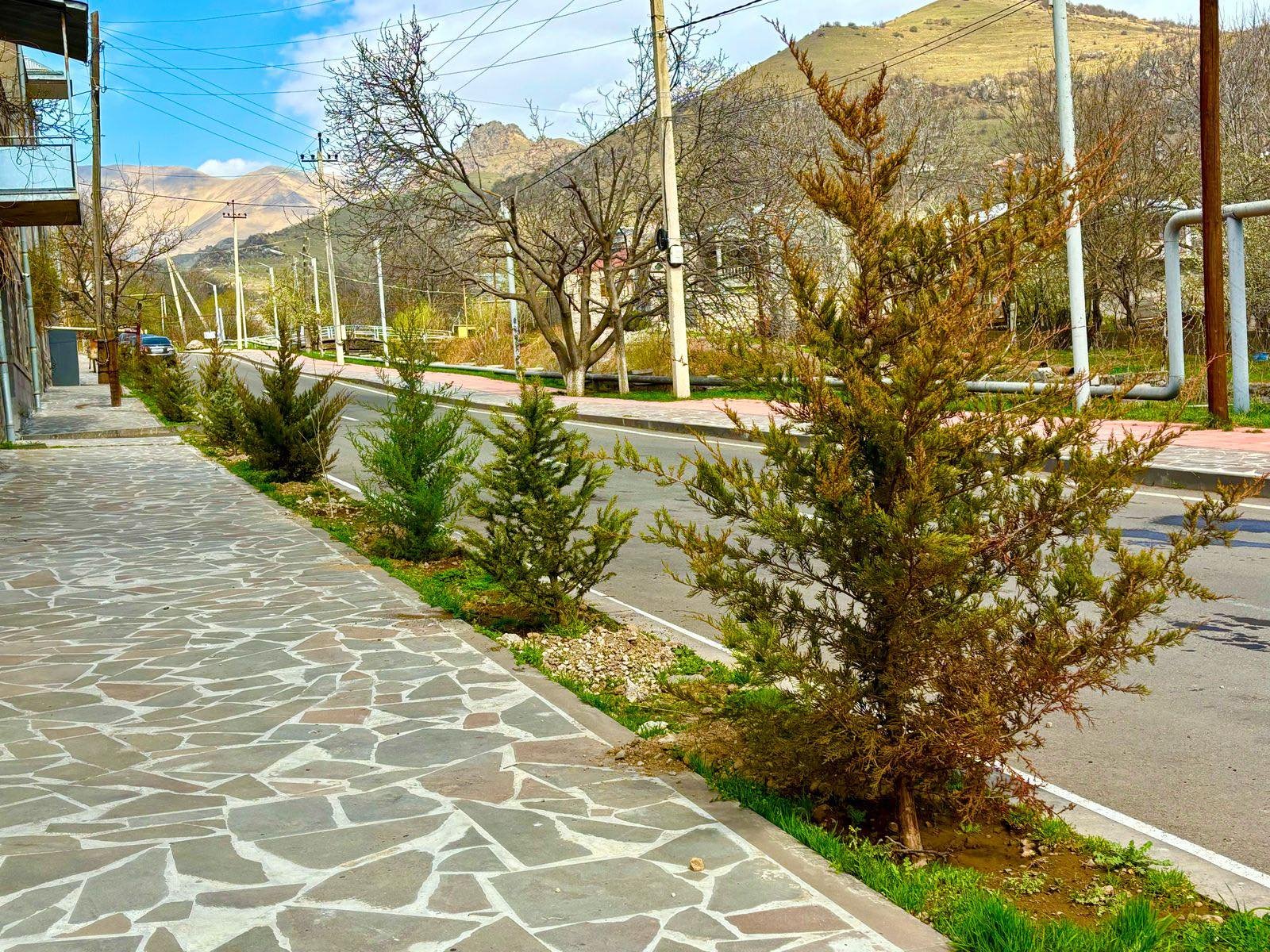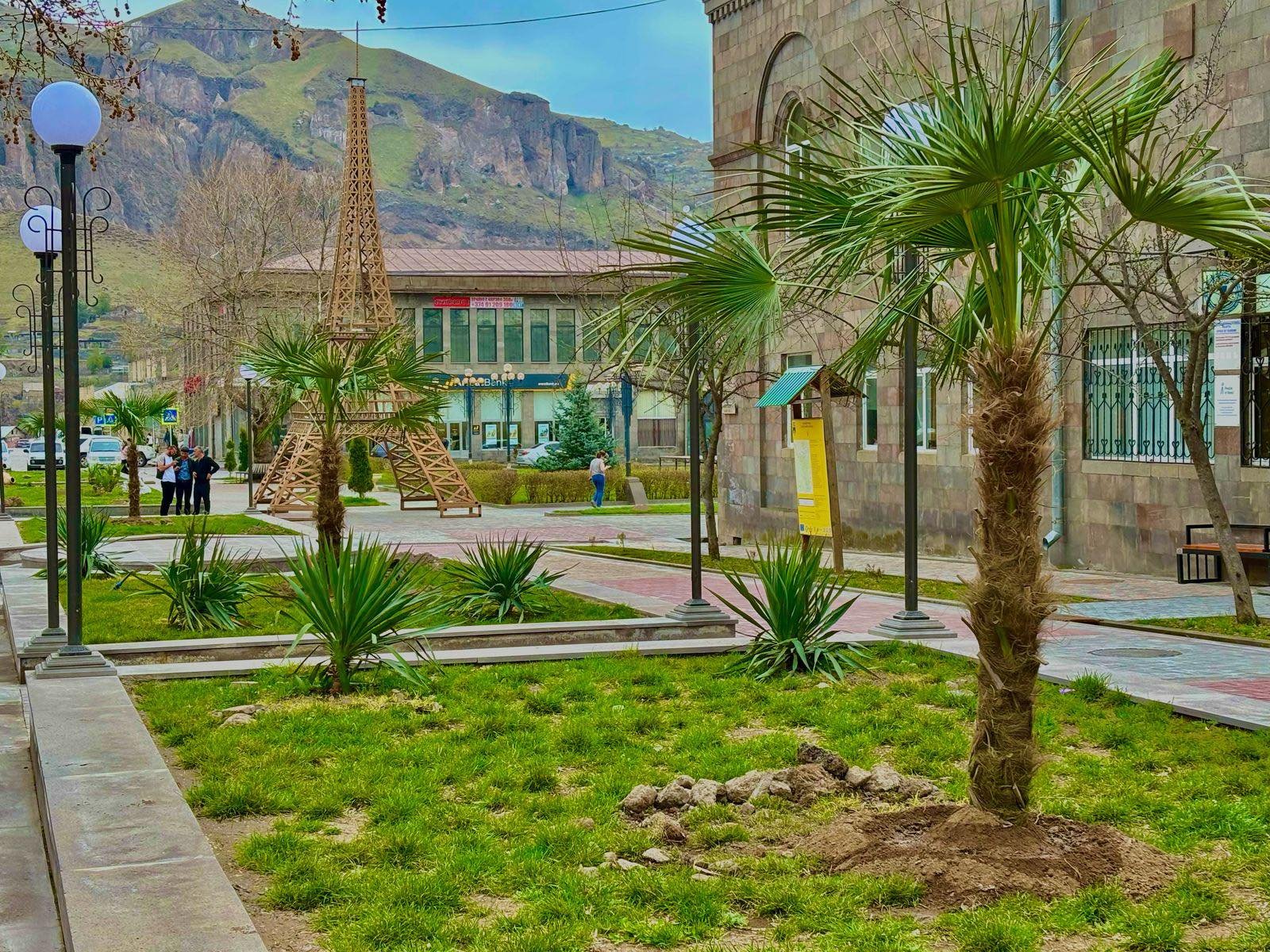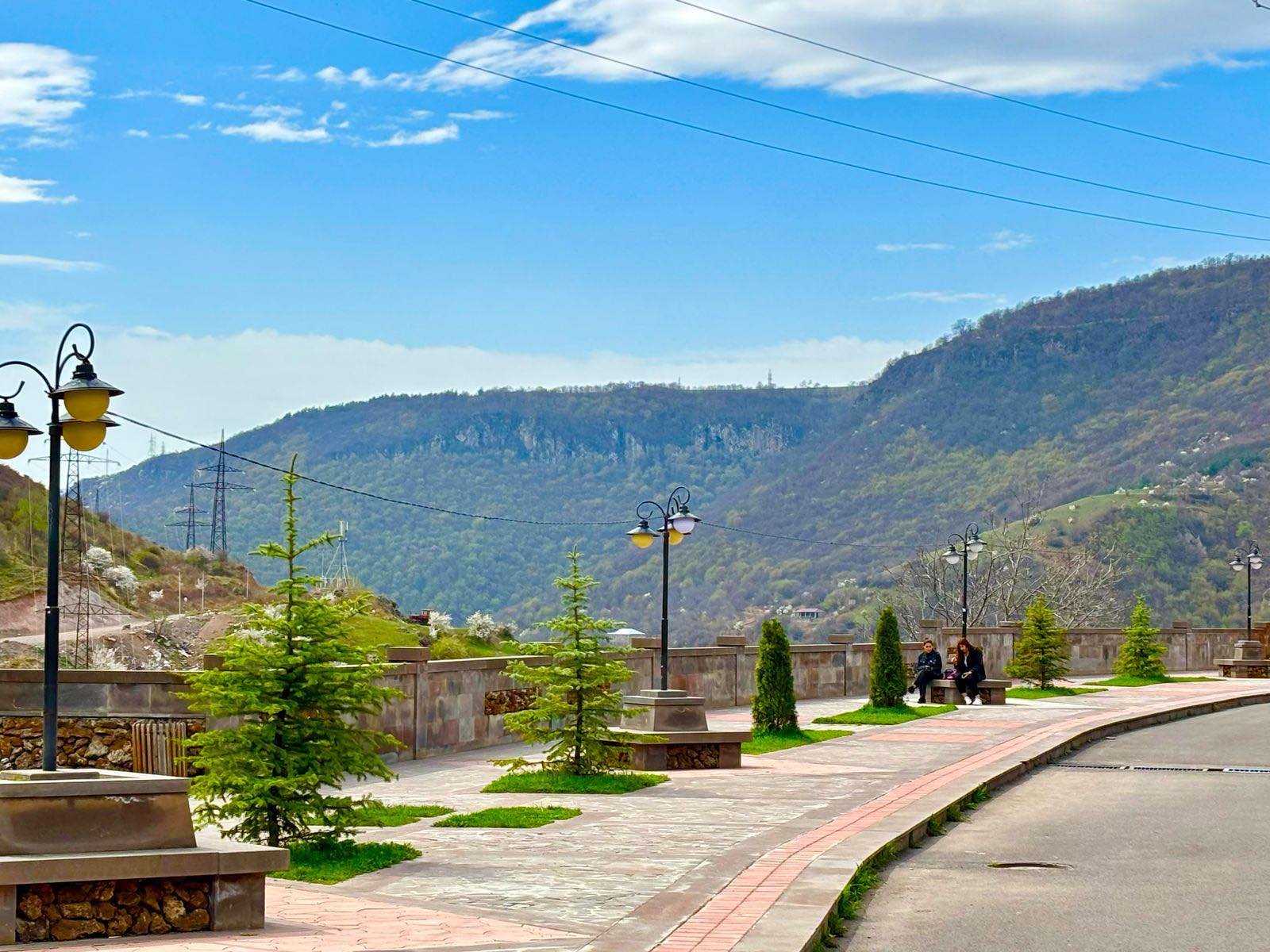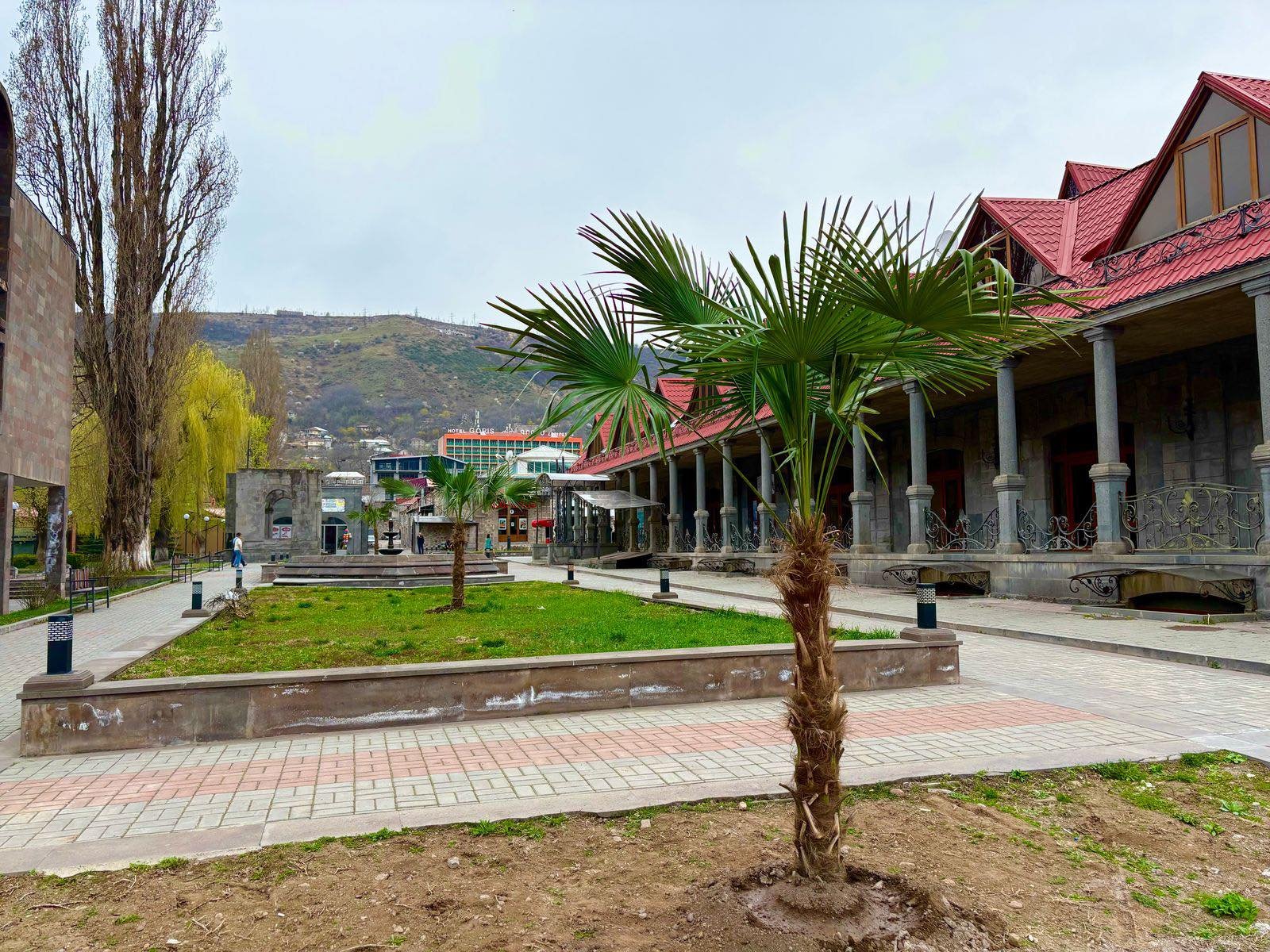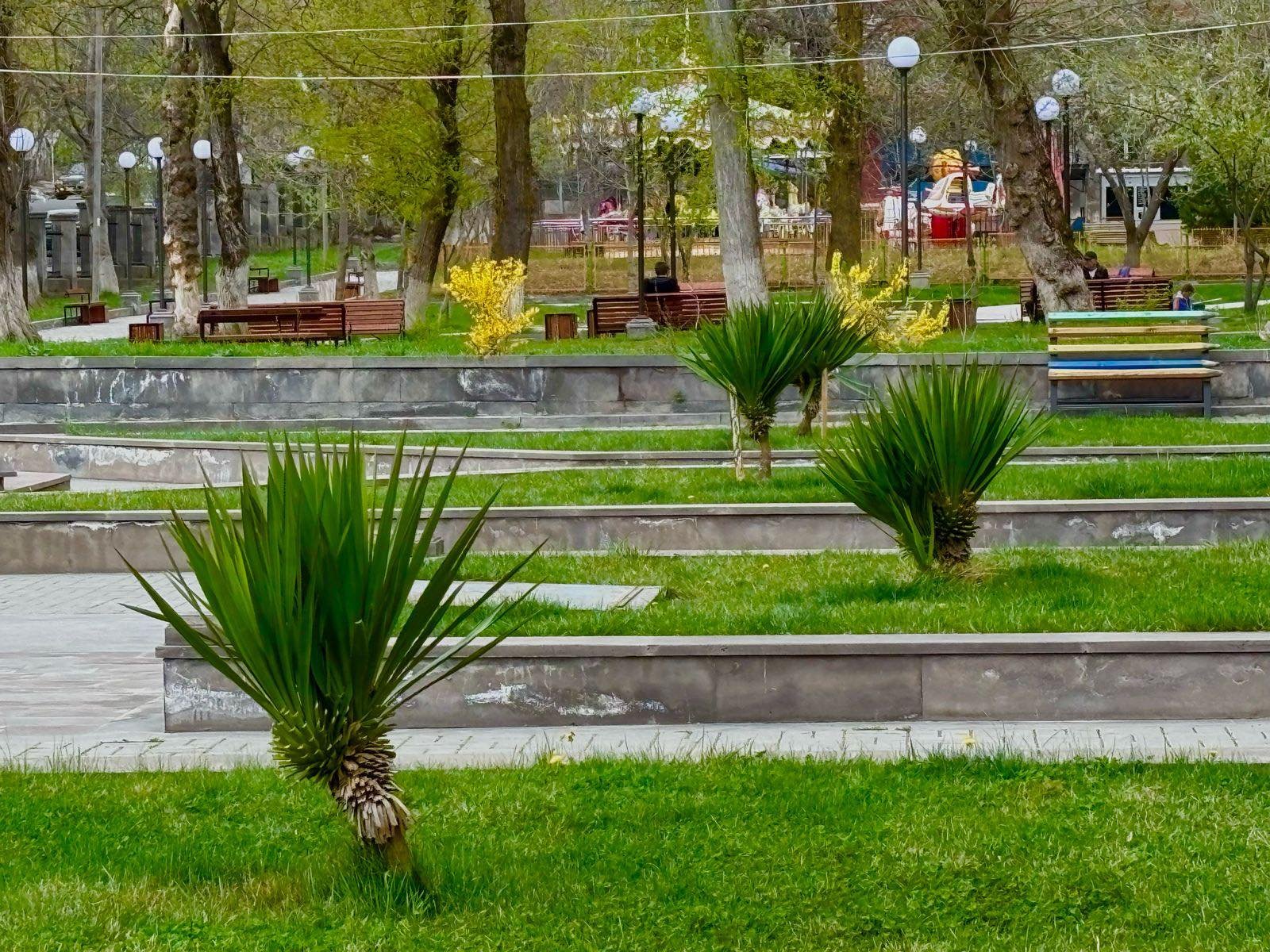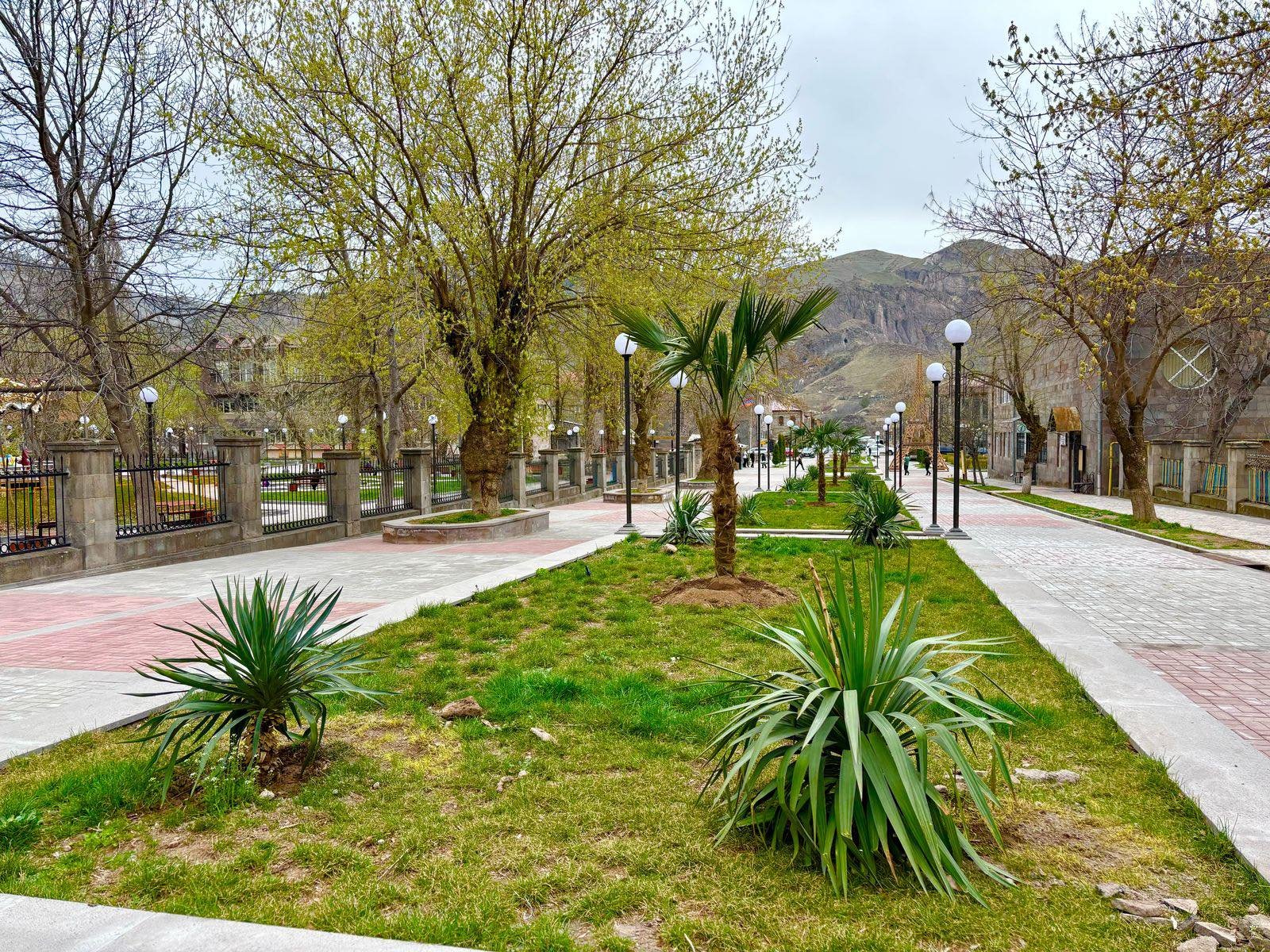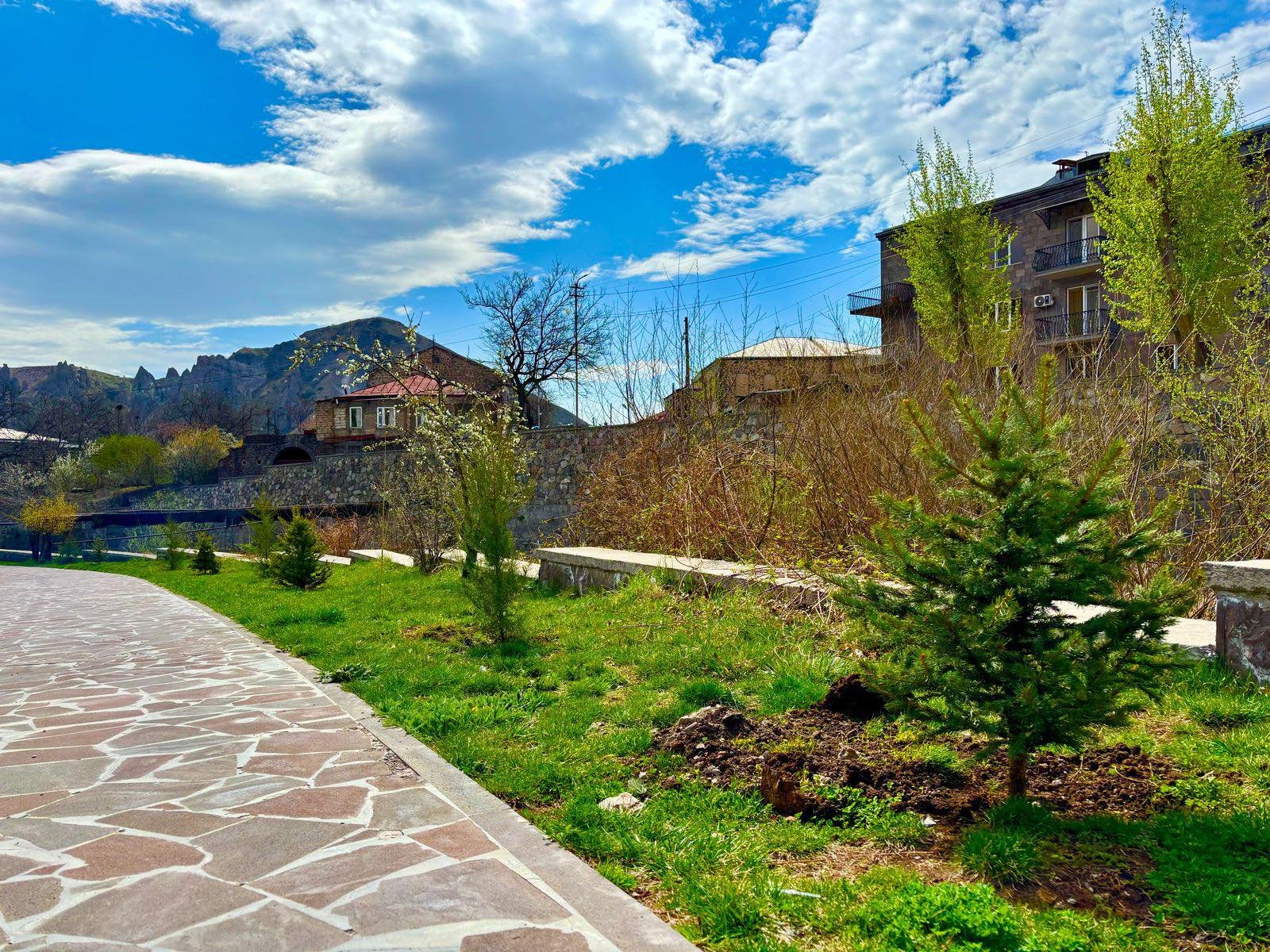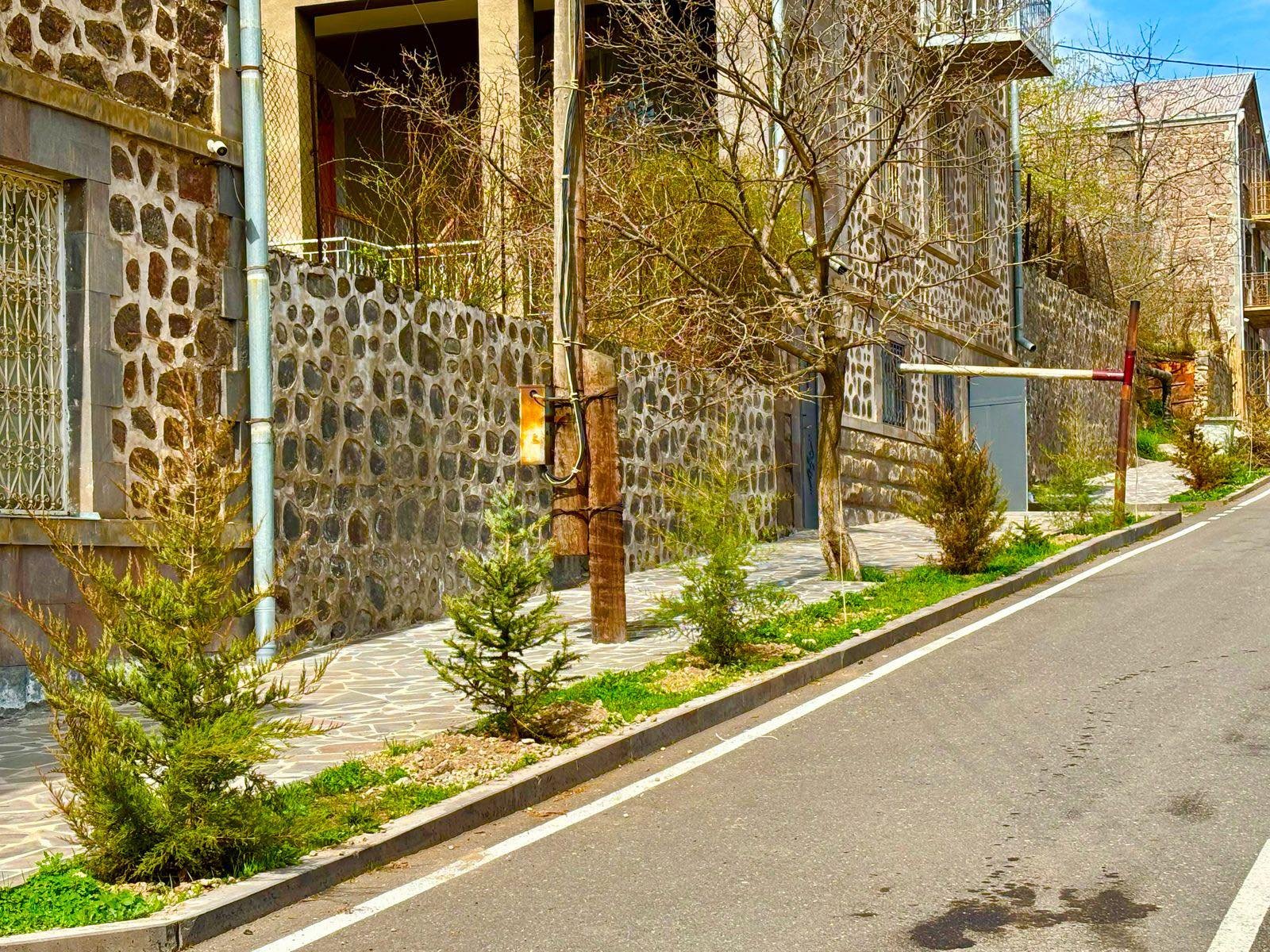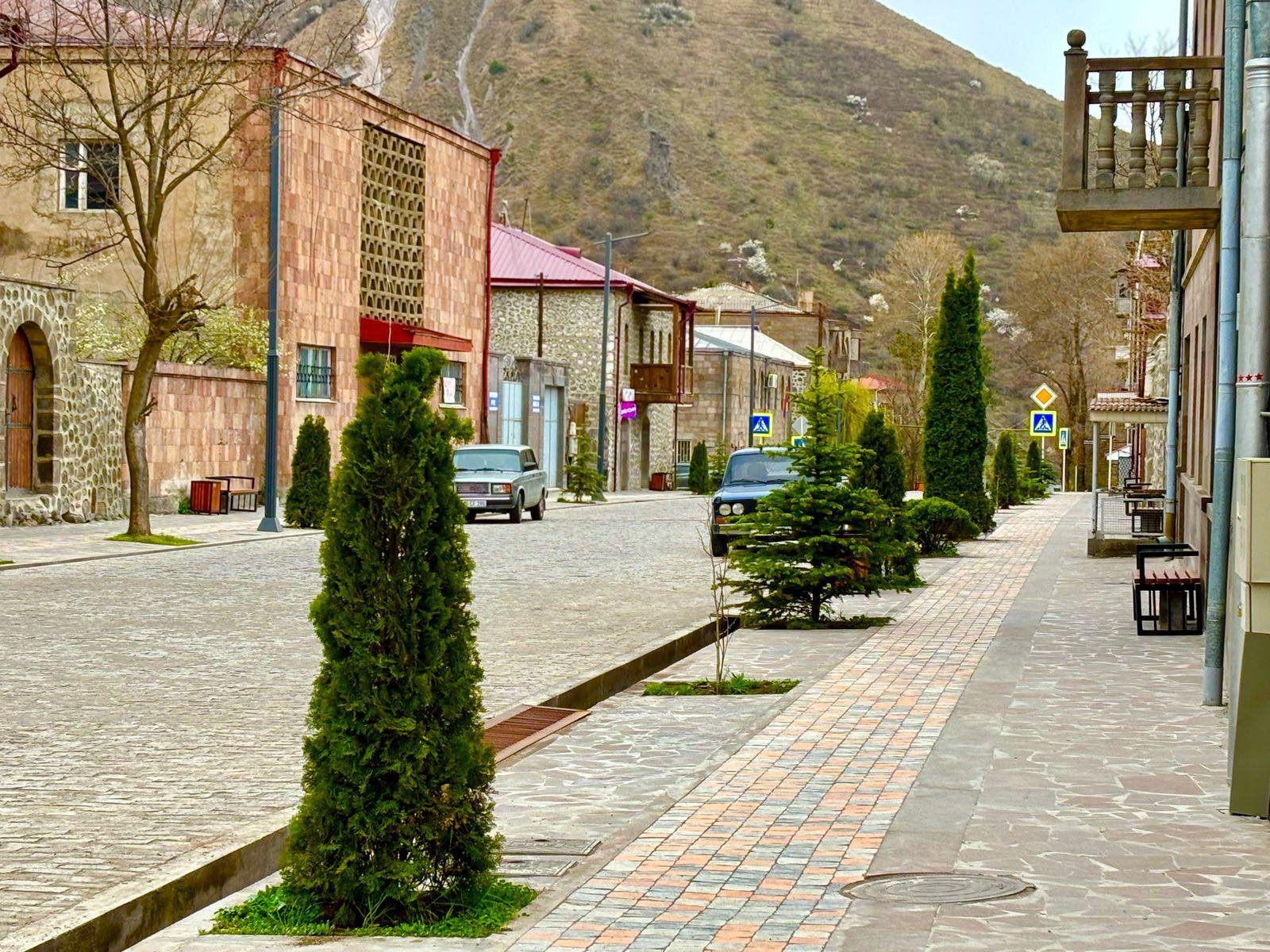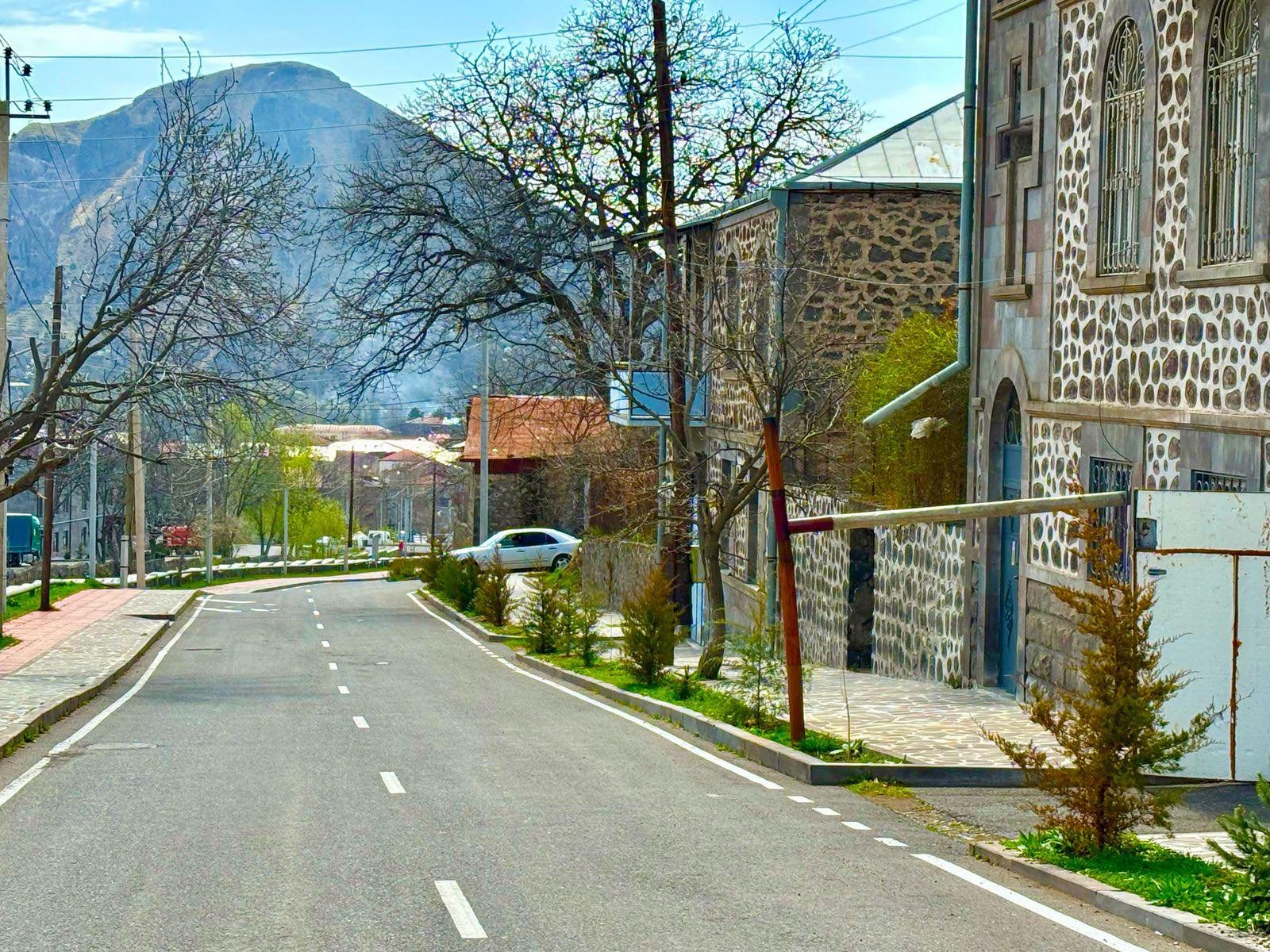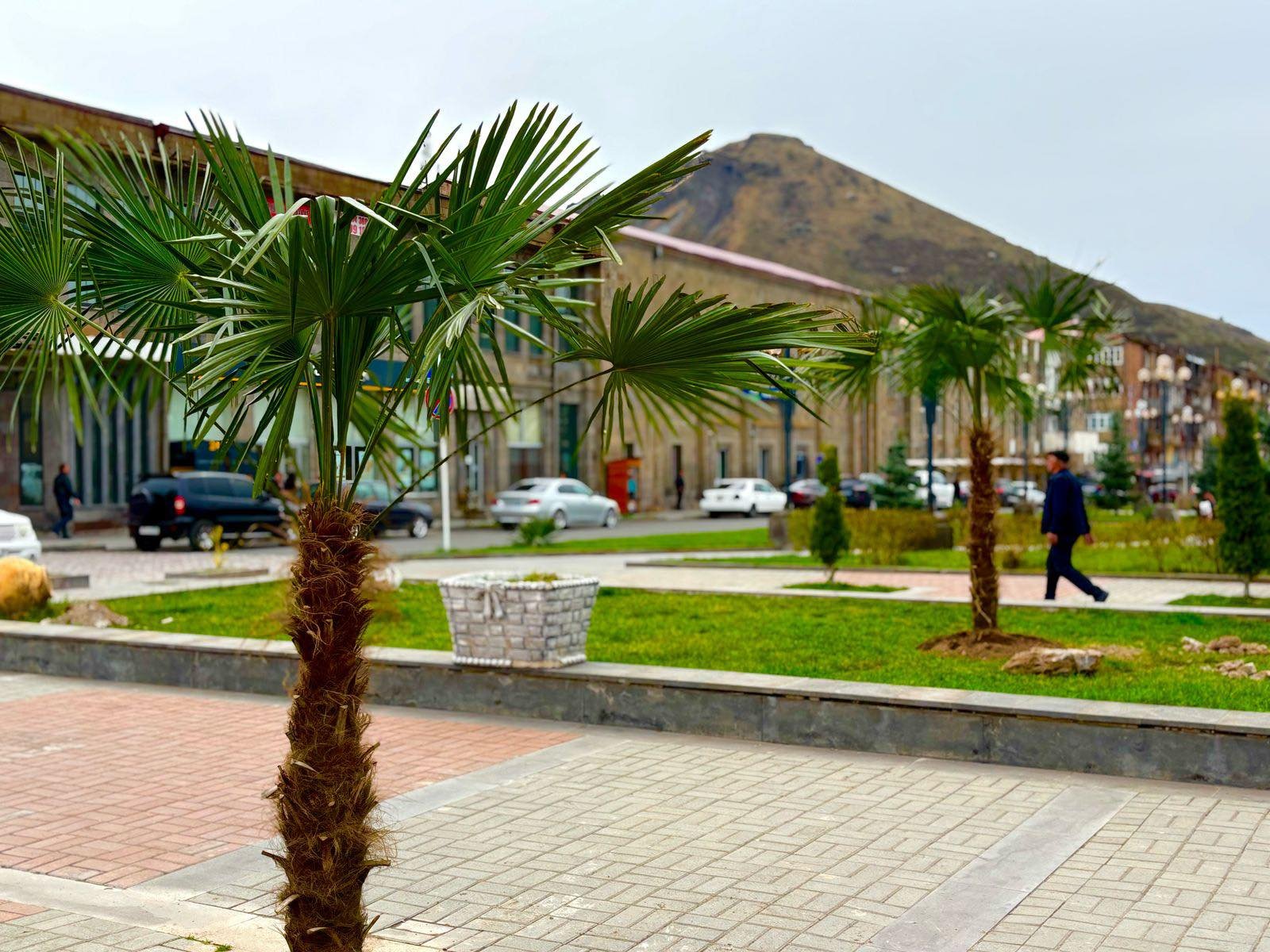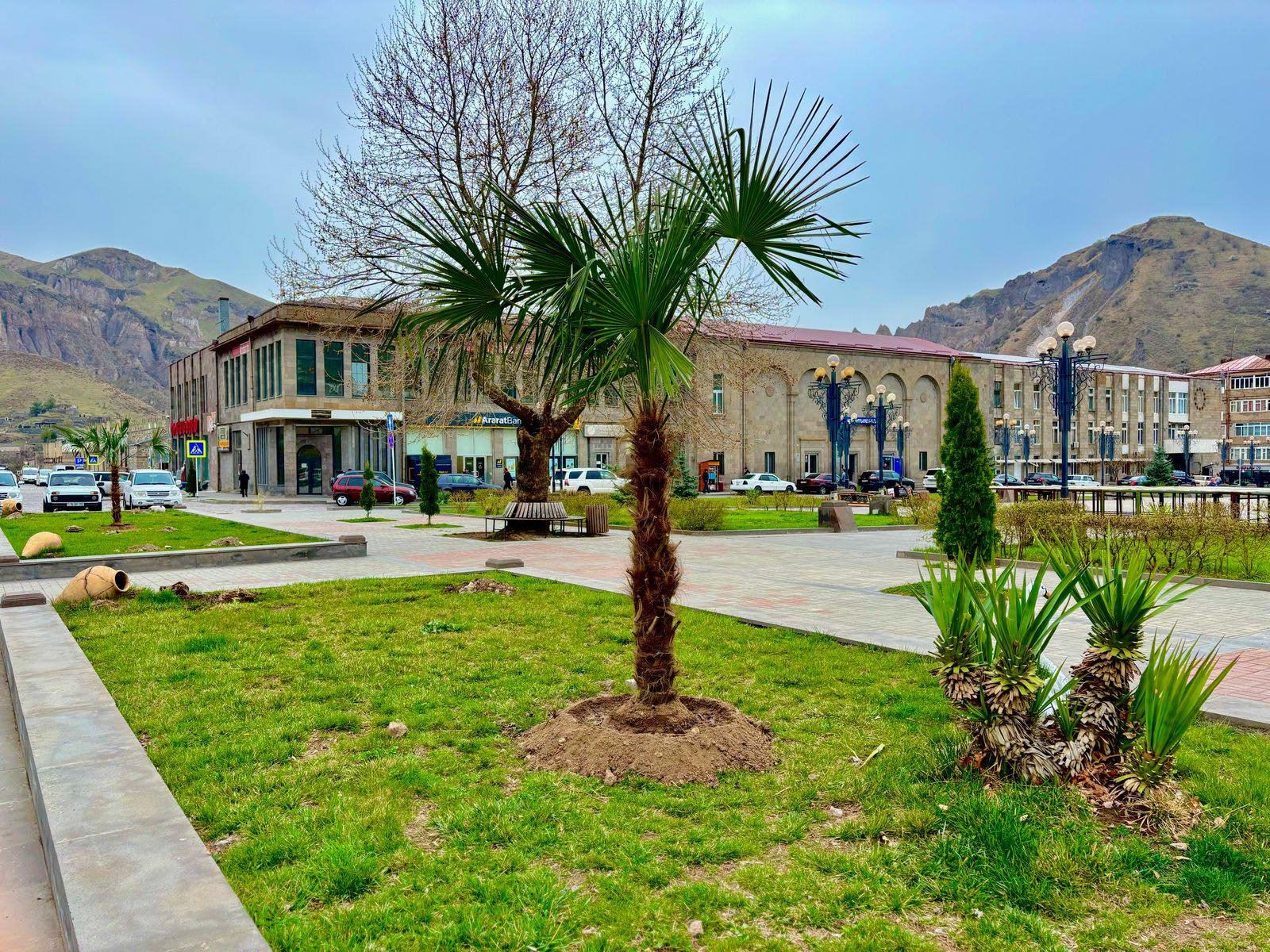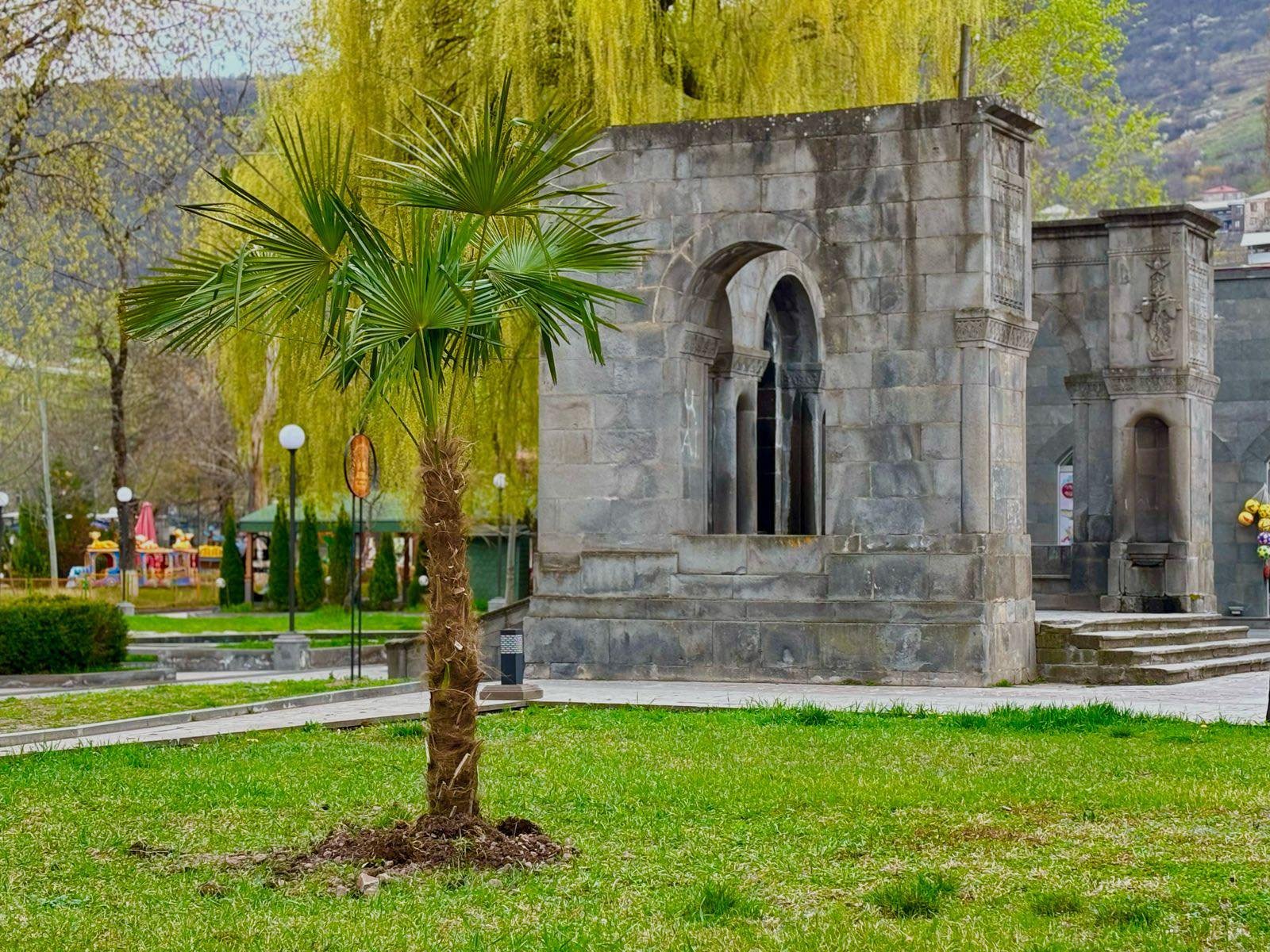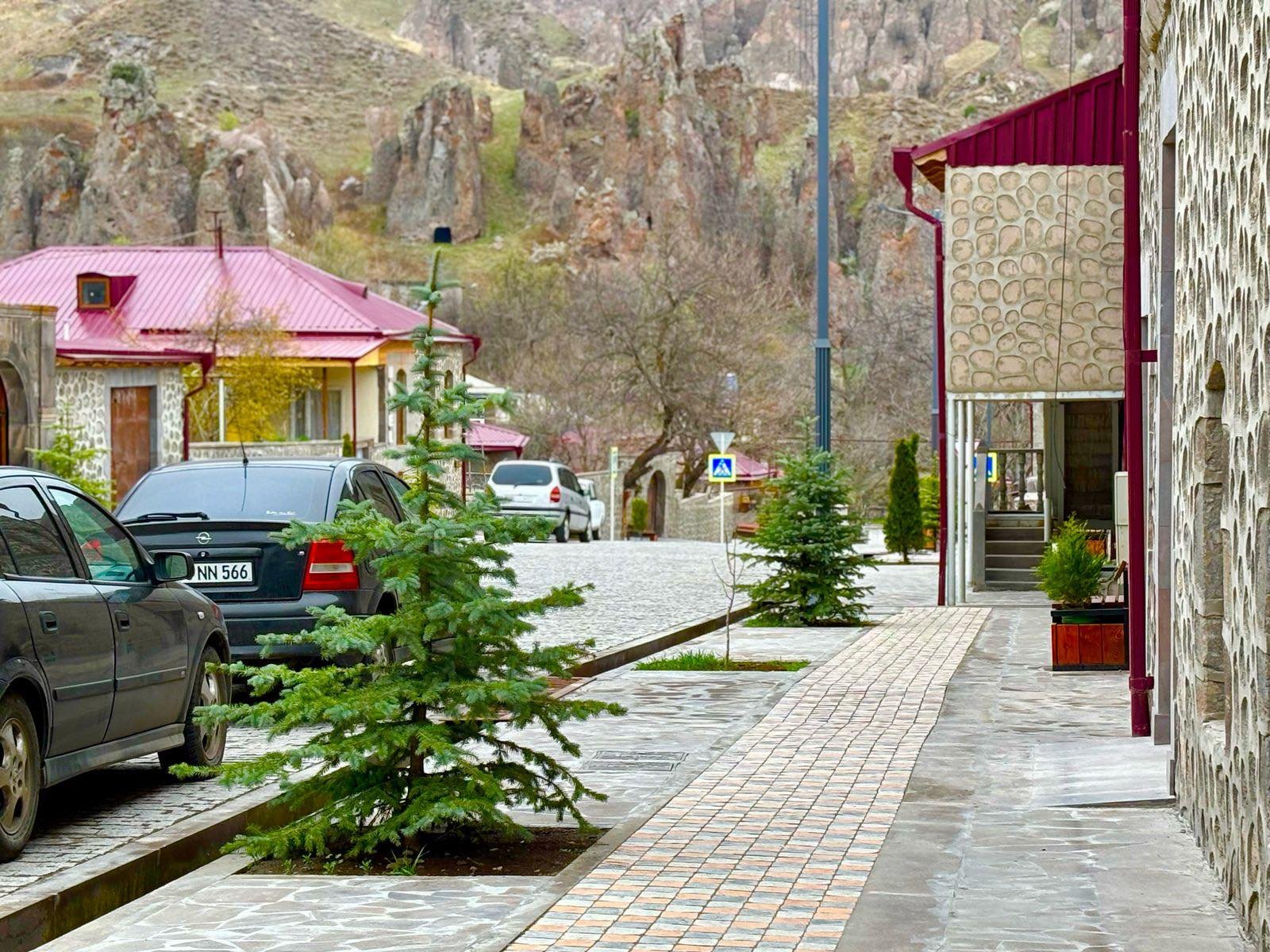Latest Listings
Related Listings
Close To You
Goris City

City
1370 m
Historical
Medium
Area: approx. 5,039 hectares
Population: approx. 29,721 people as of 2025
Number of settlements: administratively includes 9 villages
Distance from Yerevan: approx. 240 km
Distance from the provincial center, Kapan: approx. 69 km
The town of Goris is located in the south of Armenia, in Syunik Province. It is known for its unique environment, cave dwellings, rich cultural heritage, and stunning natural surroundings. The Goris community includes not only the urban settlement of Goris itself but also the surrounding villages of Akner, Bardzravan, Khndzoresk, Hartashen, Nerkin Khndzoresk, Shurnukh, Vorotan, Verishen, and Karahunj.
ETYMOLOGY OF “GORIS”
Goris has had many names throughout its history, including Geryusi, Guriaya, Gores, Hin Kyores, Kyuris, Kuris, Dzaghedzor, Zangezur, Zankiazur, and Kyuryus. There are several theories about the origin of the name. According to linguistic research, it may derive from the Proto-Indo-European roots "guor" (meaning “rock” or “cliff”) and "es" (meaning “to be”), implying “a rocky place.”
Archaeological evidence indicates that the area has been inhabited since the Stone Age. The earliest written mention of the name dates back to the Urartian period, in the 8th century BC, when King Rusa I recorded the land of Guriaya in a cuneiform inscription—scholars identify this with present-day Goris.
HISTORY
Goris was founded in 1870 and gained its city status in 1885. It lies 236 km south of Yerevan, on the banks of the Vararakn River, at an altitude of 1,370 meters above sea level. To the east of the modern city, on the left rocky bank of the river, was Old Goris – Kyores - distinguished by its ancient rock-hewn structures, cave dwellings, and associated buildings, overseen by a small fortress.
From the 1870s, Goris served as the center of Zangezur County and in 1920–1921 became the capital of the short-lived Republic of Mountainous Armenia. From 1930 to 1995, it was the administrative center of the eponymous district.
ECONOMY
Goris has a diversified economy. Key industries include electricity generation, food production, textile and garment manufacturing, woodworking, production of wooden items, and electrical equipment manufacturing.
ARCHITECTURE
Goris stands out for its unique architectural style, blending traditional Armenian stone houses with European urban planning influences from the 19th century. The city features a rare grid layout with straight vertical and horizontal streets - a rarity among Armenian towns. Traditional homes are built from local stone, which provides durability and weather resistance. Most buildings are two-story: the first floor typically served as a workshop, storage, or shop, while the second floor was used for living.
The town has preserved beautiful 19th-century stone-built hotels, wine cellars, market stalls, and public squares, all showcasing Goris’s rich historical and cultural heritage.
CULTURE
Goris is renowned for its vibrant cultural life and heritage. The city is home to museums, art galleries, libraries, and other cultural institutions that present local, national, and international culture.
Aksel Bakunts House-Museum – Founded in 1970 on the 90th anniversary of the writer’s birth, this museum is located in his childhood home. It features rare exhibits related to his life and work—manuscripts, personal items, photographs, and first editions. The museum also hosts literary events promoting Armenian literature.
Local Lore Museum – Established in 1948, it houses about 5,000 artifacts representing the history of the region from ancient times to the present day. Exhibits include archaeological finds, medieval weapons, bronze figurines, traditional costumes, and historical photographs.
Goris City Gallery – Opened in 2001 through a municipal initiative. It exhibits works by both Armenian and international artists, reflecting classical and modern art trends. The gallery regularly hosts temporary exhibitions and art master classes.
CUISINE
Goris is known for its delicious traditional Armenian dishes. Local specialties include:
Tonrakhash – A stew of meat, grains, beans, and lentils cooked in a clay pot in a tonir (earth oven).
Choratani Tan – A yogurt-based drink made from choratan, served with fried onions, mint, or cumin.
Khashil – A thick dish made from flour, served with choratani tan and melted butter.
Vegetarian Dolma – A meatless version of dolma made from vegetables or other ingredients.
Kchakhash – A dish made from wheat or other grains, resembling tonir-cooked harissa.
Shorva with Beans – A hearty traditional soup made from beans.
Khnjloz – A unique Goris dish made using a special technique.
Pekin – A meat dish prepared in accordance with Goris culinary traditions.
Grinded Kufta – Kufta made from beaten meat, served with melted butter.
Aghandz – Roasted wheat mixed with walnuts, pumpkin seeds, dried mulberries, or raisins.
Pokhindz – Ground roasted wheat, used in khashil or in sweet dishes like put.
Put – A sweet dish made from pokhindz, traditionally prepared for St. Sarkis Day.
Atsik – A sweet dish made from sprouted wheat, cooked with flour and stored for long periods.
Tonri Harisa (Tonrajash) – A traditional long-cooked stew of wheat and meat.
Chakhttu (Chakhattu) – A beet-based preserve stored through the winter.
Mulberry Vodka – A distilled spirit made from mulberries, with a strong and pure flavor.
Doshab – A sweet concentrate made from mulberry juice, commonly used for colds.
Various Herb-Based Dishes – Made from sorrel, sibekh, spinach, purslane, asparagus, and peppers—often dried for winter use.
Local Wine – Made from Goris's renowned black grapes, considered among Armenia’s finest.
Goris is one of Armenia’s rare cities that combines historical legacy, natural beauty, and modern comforts. It’s a place where every visitor can find something to connect with.
Facilities
Nearby
The historic part of the city, featuring preserved cave dwellings and rock-carved structures.
One of Armenia’s most iconic monasteries and the longest reversible cable car in the world.
An ancient megalithic site near Goris, often compared to Stonehenge.
A former cave settlement, now a historical-cultural monument and tourist attraction site.
Displays a variety of materials related to the city’s history, from ancient to modern times.

